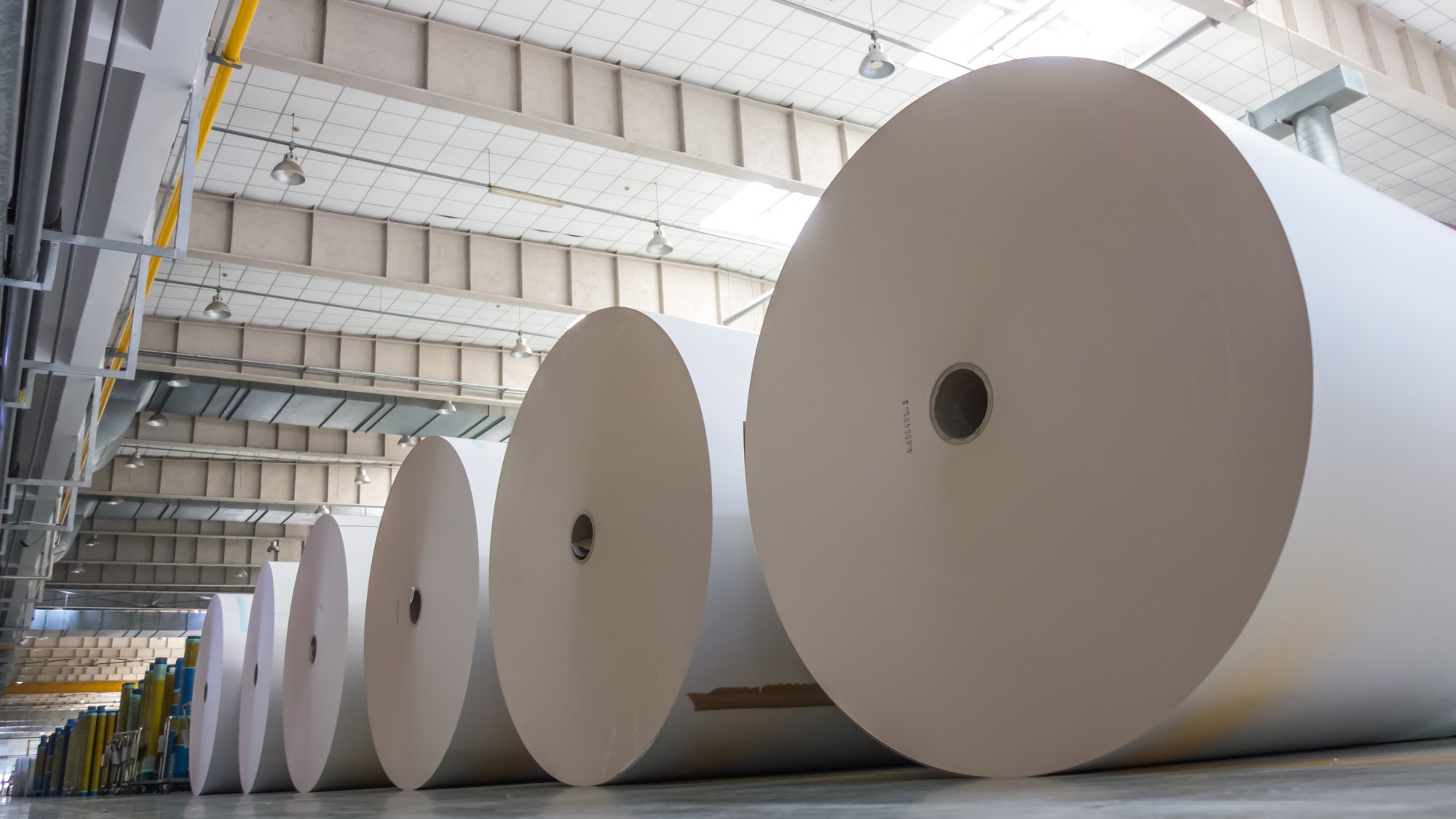When it comes to shipping or package label creation, quality is most often associated with the digital scannability of the label and how easily label production can be scaled based on demand. Not only does direct thermal printing help create sharp, crisp labels, this method of printing also produces high-performance shipping labels and barcodes that can handle the high-speed nature of packaging handling in the logistics industry.
Using direct thermal printing for higher quality shipping labels requires the use of direct thermal paper, a specialty substrate that is designed specifically for the direct thermal printing process. Here, we’ll take a quick look at what direct thermal paper is, how it works, and why it’s the ideal substrate for creating high-quality label solutions.
What is direct thermal paper?
Direct thermal paper is a specialty coated substrate that is compatible with the heat-sensitive technology used in direct thermal printing. Thermal paper uses high temperatures to create a chemical reaction with the coating on the surface of the sheet that then creates text or images on the paper.
The use of heat to print direct thermal paper is one of the key differences between direct thermal and regular paper (bond paper), which prints via ink either absorbing into or resting atop the fibers of the substrate. While direct thermal paper may not be quite as durable when exposed to environmental elements like heat or moisture, it does print supremely clear, crisp text or images, which is part of the reason why it’s used for commercial applications like logistics labels and shipping labels.
What’s more, the use of heat transfer technology with direct thermal paper rapidly accelerates the print process. The use of small print heads can transfer images in a matter of seconds, and the chemically-active surface of direct thermal paper eliminates the need for ink and toner to help save additional print time and cost.
For example, Appvion’s new Résiste® 165 PF direct thermal paper facestock uses patent-pending, no added phenols direct thermal chemistry to create more durable, reliable labels.
What are the benefits of direct thermal paper?
Direct thermal paper provides several key advantages over traditional bond paper in commercial printing, especially when it comes to creating specialty retail or shipping and logistics labels. In fact, the continued growth of ecommerce has helped package handling companies realize the advantages direct thermal paper provides in increasing speed-to-market and reducing lead time in shipping label creation.
Perhaps most important, direct thermal paper produces sharp, high-contrast labels and barcodes with superior scannability, even in high-speed package handling and sorting facilities. This helps reduce the likelihood of breakdowns or disruptions in the package handling process, thus increasing the rate at which parcels can be processed and shipped.
What’s more, the coated nature of direct thermal papers ensures a smooth, even printing surface for consistent and high-quality label production. Aside from superior scannability, the production of high-definition, crisp labels also helps ensure critical shipping information is legible to the human eye, and this can add an additional layer of efficiency in package handling and delivery workflows.
While durability and longevity have not typically been a staple of direct thermal paper, recent advancements in the formulation of paper for use with direct thermal printing has helped to enhance how well this kind of substrate performs over time. Previous generations of direct thermal papers were highly susceptible to fading or degradation when faced with environmental conditions like sunlight, heat, or moisture, but Appvion’s new Résiste® 165 PF is poised to change all that.
Résiste® 165 PF uses innovative engineering to provide improved resistance to heat, water, and alcohol, ensuring longevity and durability. Its resistance to fading guarantees that crucial information remains clear and legible throughout the entire lifecycle of the label.
Plus, Résiste® 165 PF allows for efficient label production, catering to the high-speed demands of package delivery and logistics operations. This efficiency translates to reduced energy requirements for printing high-contrast images, contributing to increased cost savings and environmental sustainability.
With the new Résiste® 165 PF, you can produce high-quality shipping and delivery labels quickly with an eye toward sustainability and process efficiency. Request a free sample of Résiste® 165 PF.

